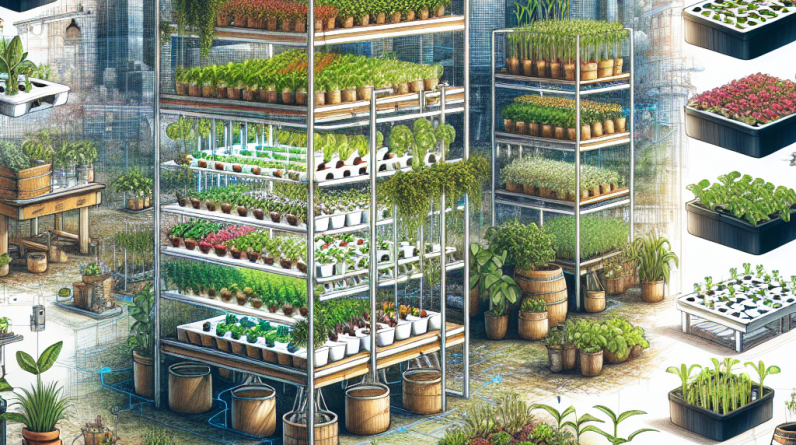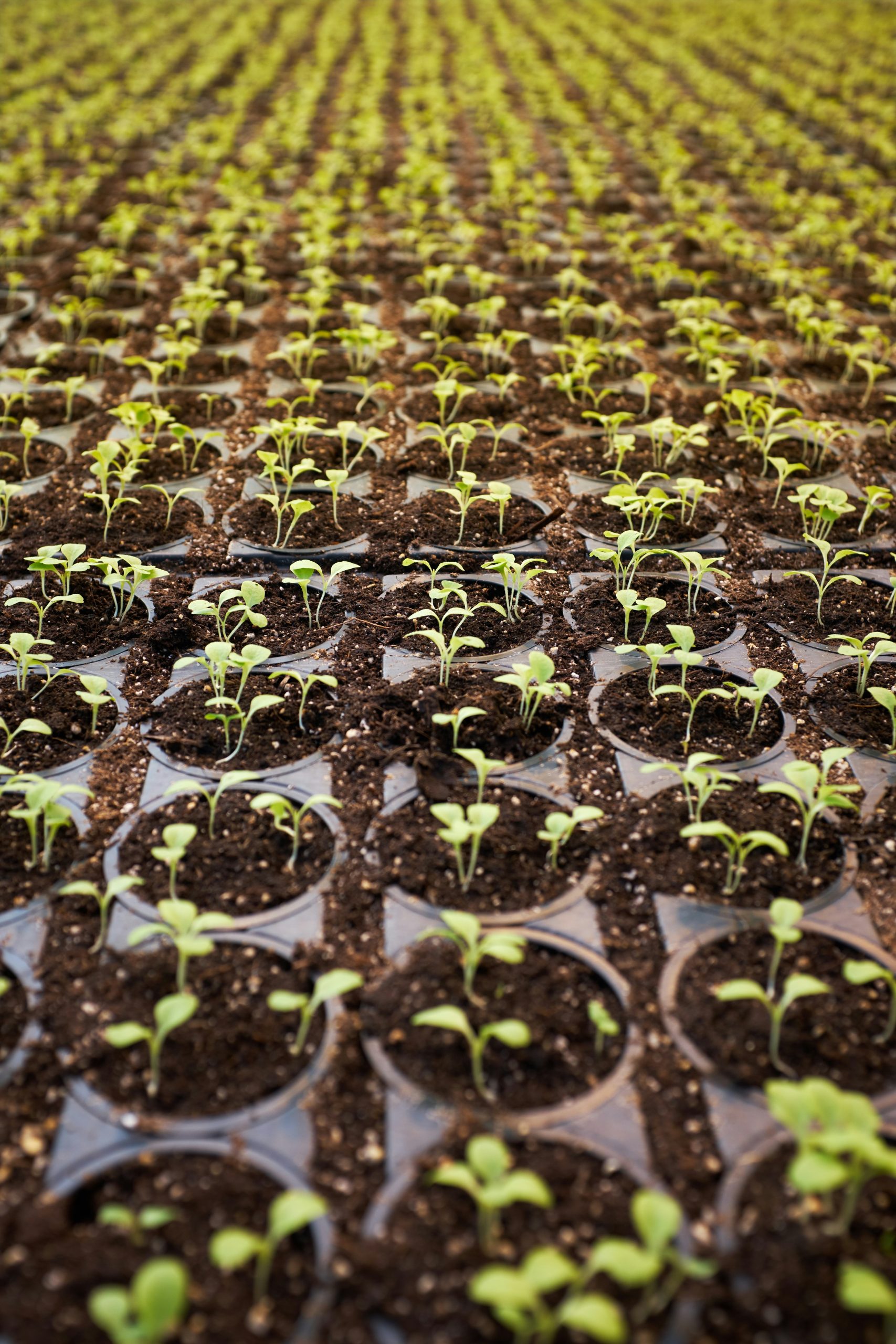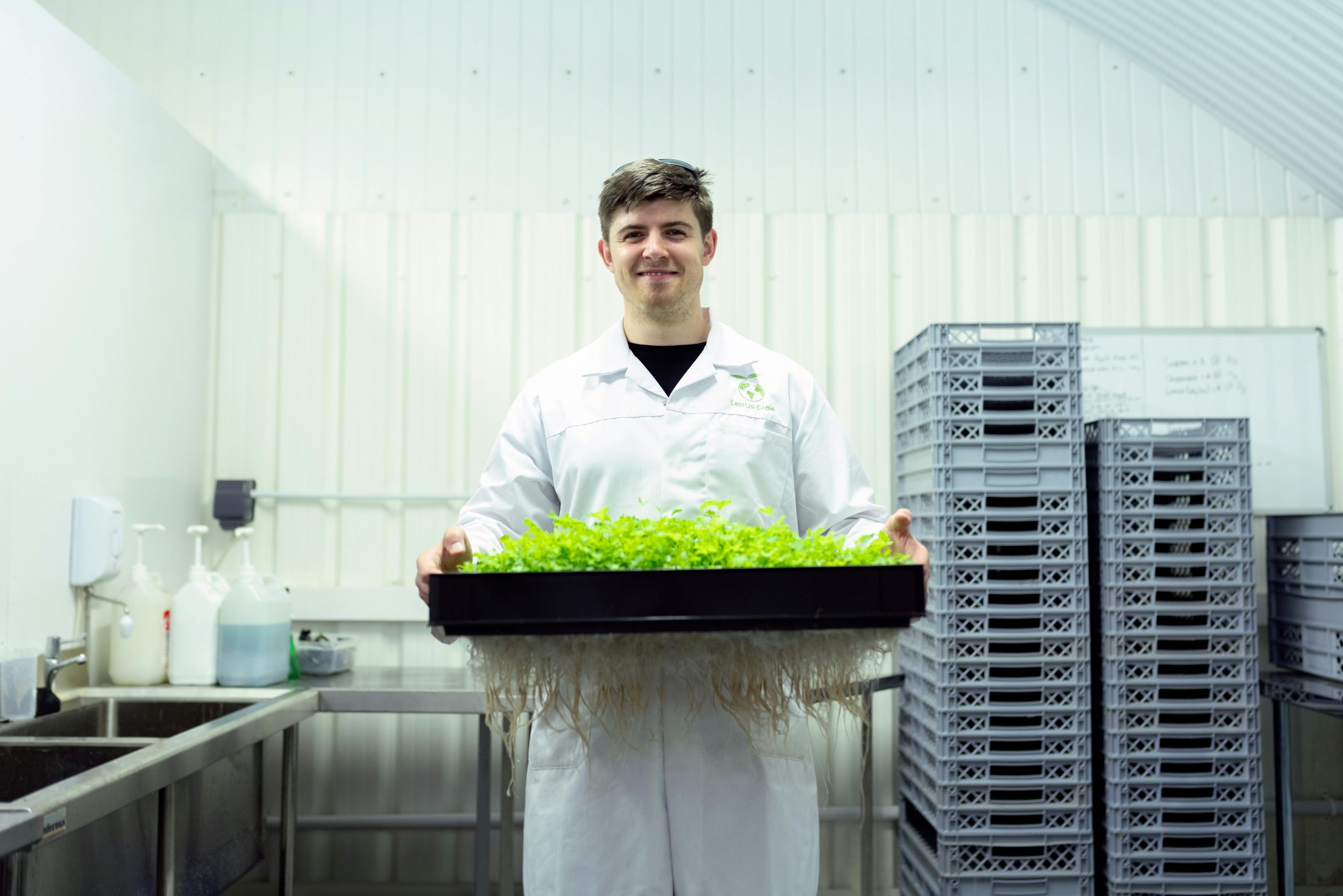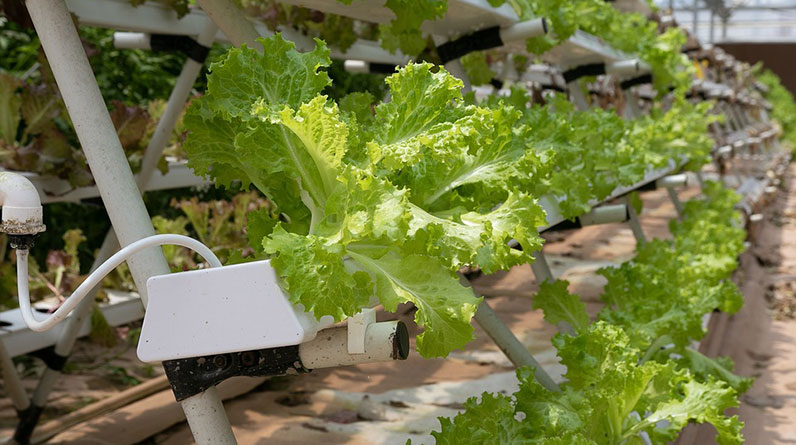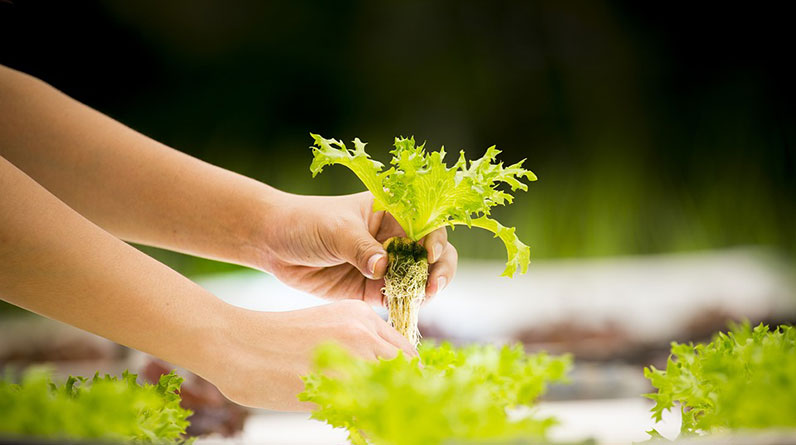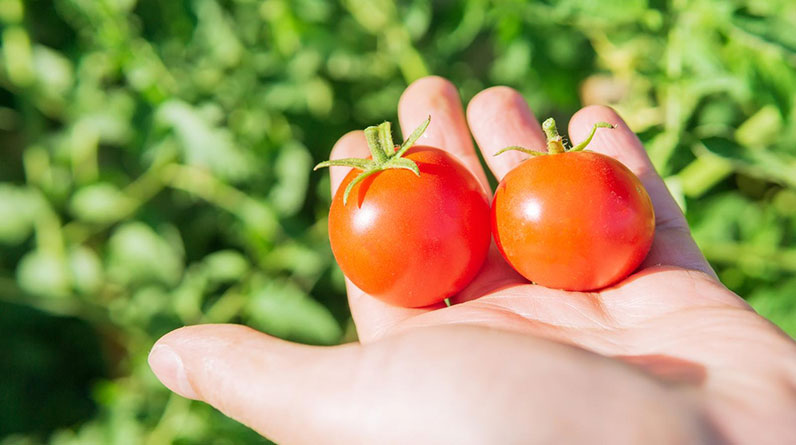Table of Contents
- 1. Romaine Lettuce
- 2. Spinach
- 3. Kale
- 4. Tomatoes
- 5. Cucumbers
- 6. Bell Peppers
- 7. Herbs (Basil, Mint, Parsley)
- 8. Scallions
- 9. Strawberries
- 10. Broccoli
Hydroponic vegetables are revolutionizing the way we grow food in 2025, offering fresh, nutritious produce right at our fingertips without soil. Whether you’re a seasoned gardener or a beginner, understanding which vegetables thrive in a hydroponic setup is key to maximizing your yield and flavor. In this comprehensive guide, Iâll introduce you to the 10 most effective hydroponic vegetables to grow in 2025, combining practical tips with the latest trends for a successful hydroponic garden.
1. Romaine Lettuce
Why Romaine Is Ideal for Hydroponics
Romaine lettuce tops the list because of its quick growth cycle and high yield potential. In 2025, hydroponic systems make it easier than ever to produce crisp, fresh romaine year-round, regardless of climate. Plus, lettuce generally requires less space and is less prone to pests when grown hydroponically.
Growing romaine hydroponically allows for faster harvestingâsometimes in just 30-40 daysâcompared to soil-based cultivation. Its shallow roots make it perfect for systems like NFT (Nutrient Film Technique), which are popular in modern hydroponic setups.
Investing in good-quality nutrients and maintaining proper pH levels (around 6.0-6.5) will ensure luscious, crunchy romaine every time. This makes it an excellent choice for beginners and experienced growers alike in 2025.
Tips for Growing Romaine Hydroponically
- Utilize NFT or deep water culture systems for optimal growth.
- Ensure consistent lightâLED grow lights are perfect for indoor setups.
- Monitor nutrient concentrations regularly for optimal flavor and crunch.
2. Spinach
Benefits of Hydroponic Spinach
Spinach is a nutrient-dense vegetable that grows remarkably well in hydroponic systems. Its fast-growing nature and adaptability to indoor and outdoor setups make it a top pick for 2025 growers. Hydroponic spinach can be harvested in as little as 25-30 days, providing a continuous supply of greens.
In 2025, the demand for fresh, pesticide-free greens remains high, and hydroponic spinach fits perfectly. Its ability to grow in controlled environments ensures minimal pest issues and high-quality produce, making it a favorite among health-conscious consumers.
Moreover, spinach can be harvested multiple times if properly managed, offering great value and sustainability benefits for urban farms and home growers alike.
Growing Tips for Hydroponic Spinach
- Maintain temperatures between 50-70°F (10-21°C) for optimal growth.
- Use a balanced nutrient solution rich in nitrogen for leafy greens.
- Keep pH levels around 6.0 to 6.5 for healthy growth.
3. Kale
Why Kale Is a Hydroponic Powerhouse
Kale continues to dominate health food trends in 2025, and hydroponic cultivation makes it even easier to enjoy nutrient-packed leaves year-round. Its resilience and adaptability to various hydroponic systems, like drip or NFT, make it a versatile vegetable for growers at all levels.
Kaleâs dense foliage grows quickly in hydroponic setups, providing ample harvests with minimal space. Its ability to thrive in nutrient-rich environments makes it an excellent candidate for maximizing production efficiency.
In addition, kaleâs resistance to pests and diseases in hydroponic environments reduces the need for pesticides, aligning with eco-friendly practices in 2025.
Tips for Cultivating Hydroponic Kale
- Provide adequate lighting, ideally 16 hours of LED light daily.
- Maintain high nutrient levels with a focus on calcium and magnesium.
- Monitor pH carefully, keeping it around 6.0 for optimal absorption.
4. Tomatoes
The Rise of Hydroponic Tomatoes
Tomatoes continue to be one of the most popular hydroponic vegetables in 2025, thanks to their high yields and consistent quality. Modern hydroponic systems like vertical towers or DWC (Deep Water Culture) setups are ideal for maximizing space and productivity.
Indoor hydroponic tomato cultivation allows for year-round production, reducing reliance on seasonal outdoor gardening. With controlled environments, growers can optimize temperature, light, and nutrients, resulting in sweeter, juicier fruits.
Given their cash crop potential, hydroponic tomatoes are a smart choice for commercial growers aiming to increase profits in 2025.
Growing Tips for Hydroponic Tomatoes
- Provide high-intensity LED lightingâ12-16 hours daily.
- Support plants with trellises or cages for proper airflow and space management.
- Maintain nutrient solution levels and pH around 5.5-6.5.
5. Cucumbers
Hydroponic Cucumbers for Fresh Harvests
Cucumbers are another top contender among hydroponic vegetables in 2025, offering rapid growth and high yields. Their vining nature suits systems like vertical towers or gutter setups, where space is a premium.
Growing cucumbers hydroponically minimizes pests and reduces disease risk. Plus, it enables growers to produce crunchy, organic cucumbers in controlled environments, perfect for salads and market sales.
For optimal results, ensure consistent watering, maintain pH around 5.5-6.0, and supply adequate nutrients, especially potassium and calcium.
Tips for Hydroponic Cucumber Growth
- Train vines early to prevent overcrowding.
- Use supplemental lighting during shorter winter days.
- Monitor environmental factors like humidity to prevent mildew.
6. Bell Peppers
Growing Vibrant Bell Peppers Hydroponically
In 2025, hydroponic bell peppers are gaining popularity among home growers and commercial farms alike. Their colorful appearance and versatility make them a staple in kitchens and markets. Hydroponic systems such as drip or NFT are well-suited for pepper cultivation.
They’re relatively hardy and can be grown indoors, making them accessible for urban farming. Proper nutrient balance, especially phosphorus and potassium, is essential to produce large, sweet peppers.
Maintaining optimal temperature (70-85°F) and humidity levels ensures healthy flowering and fruiting cycles.
Care Tips for Hydroponic Bell Peppers
- Ensure good air circulation to prevent fungal issues.
- Use support structures to hold heavy fruit loads.
- Check nutrient levels weekly and adjust accordingly.
– 7. Herbs (Basil, Mint, Parsley)
Herbs in Hydroponic Systems
Herbs like basil, mint, and parsley are favorites for hydroponic gardeners in 2025 because of their quick growth and high demand. Their compact size makes them perfect for small-scale indoor gardens with LED grow lights.
Growing herbs hydroponically allows for continuous harvesting and fresher taste compared to soil-grown counterparts. Plus, hydroponic herbs tend to be more aromatic and flavorful.
Using submersible pumps or ebb-and-flow systems can support healthy, lush herbs that enrich your culinary experiences.
Tips for Hydroponic Herb Cultivation
- Maintain a pH between 5.5 and 6.5.
- Provide 12-14 hours of light daily.
- Use organic or mineral-based nutrients tailored for herbs.
8. Scallions
Growing Scallions Hydroponically
Scallions, also known as green onions, are easy and fast to grow in hydroponic systems, making them a favorite for 2025 urban farmers. They require minimal space and can be harvested multiple times with proper management.
Their shallow root system suits small hydroponic setups like tray or bubble bucket systems, ideal for apartment gardens or small commercial farms.
Consistent nutrient supply and maintaining their pH around 6.0 are key to producing flavorful, tender scallions.
Growing Tips for Scallions
- Start from seed or residual roots for faster growth.
- Keep sunlight or grow lights on for at least 12 hours daily.
- Regularly check for pests and maintain cleanliness.
9. Strawberries
Hydroponic Strawberries for 2025
Hydroponic strawberries are a thriving industry segment in 2025, offering sweet, juicy berries without soil. Vertical hydroponic systems or floating rafts are excellent choices for maximizing space in greenhouses or indoor farms.
Strawberries grown hydroponically tend to have fewer pests and diseases, plus they produce fruit earlier in the season, increasing productivity and profitability.
Ensure proper support and airflow around plants, and monitor calcium levels to prevent fruit cracking.
Tips for Growing Hydroponic Strawberries
- Use controlled lighting to simulate longer daylight hours.
- Support plants with polytunnels or hanging baskets.
- Maintain pH around 5.5 to 6.0 for maximum sweetness.
10. Broccoli
Growing Broccoli Hydroponically
In 2025, hydroponic broccoli is gaining popularity for its health benefits and high yield potential. Its tender stalks and florets mature quickly in hydroponic setups, often within 70-100 days.
Hydroponic cultivation reduces pest issues and provides a stable environment for consistent production. It also allows growing broccoli during off-season months, supplying fresh vegetables to markets year-round.
Maintain temperatures between 65-75°F and ensure nutrient solution contains adequate calcium and nitrogen for healthy head development.
Growing Tips for Hydroponic Broccoli
- Provide adequate space for mature heads to develop.
- Use temperature control fans and lighting to mimic optimal growing conditions.
- Monitor nutrient levels and maintain a balanced pH around 6.0.
Conclusion
As we’ve explored in this guide, the future of growing hydroponic vegetables in 2025 is brighter than ever. From leafy greens like romaine lettuce and spinach to fruiting crops like tomatoes and strawberries, hydroponic systems enable efficient, sustainable, and high-yield cultivation. Whether you’re a hobbyist or a commercial grower, choosing the right vegetables for hydroponic gardening can transform your produce quality and productivity. Embrace these top 10 hydroponic vegetables in 2025 and enjoy fresh, healthy harvests all year round!
Frequently Asked Questions
1. What are the best hydroponic vegetables to grow in 2025?
The best hydroponic vegetables for 2025 include lettuce, spinach, kale, tomatoes, cucumbers, bell peppers, herbs, scallions, strawberries, and broccoli, as they thrive well in controlled environments and yield high returns.
2. How do hydroponic vegetables compare to soil-grown vegetables?
Hydroponic vegetables typically grow faster, with higher yields and fewer pests or diseases. They require less space, water, and soil, making them more sustainable and suitable for urban or indoor farming.
3. Can I grow hydroponic vegetables at home?
Absolutely! Many hydroponic systems are designed for home use, including small-scale setups like trays, containers, or vertical towers. Growing hydroponic vegetables at home allows you to enjoy fresh greens regardless of outdoor conditions.
4. What are common challenges when growing hydroponic vegetables?
Main challenges include maintaining proper pH and nutrient levels, controlling environment conditions such as temperature and humidity, and preventing disease. Regular monitoring and adjustments are essential for success.
5. Why is the keyword phrase ‘hydroponic vegetables’ important in 2025?
In 2025, the interest in sustainable, efficient food production continues to grow. The keyword ‘hydroponic vegetables’ helps connect growers and consumers with innovative, soil-less farming methods that support food security and environmental health.


